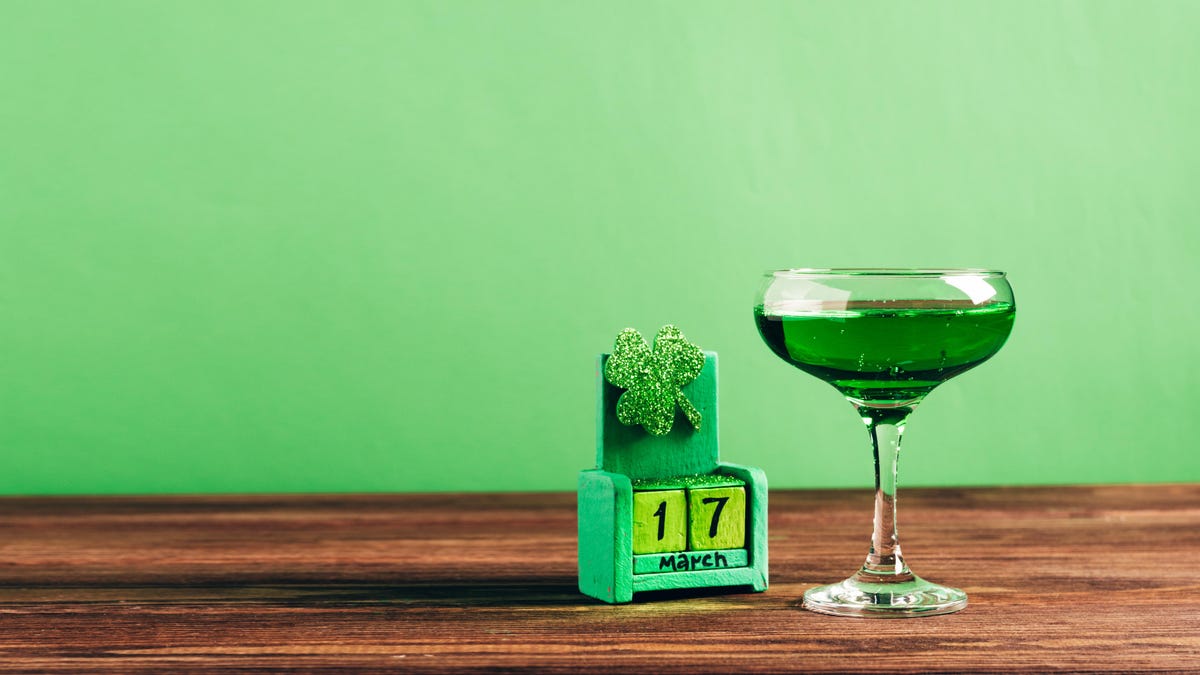The Best Ways to Fix a Dry Cake
No one likes dry cake. Here are ways to turn things around if your cake has entered the dusty zone.

We may earn a commission from links on this page.

Credit: asife / Shutterstock.com
Cake is always right. It can be a casual comfort food or a symbol of celebration. It’s loved for its characteristic bouncy texture that offers moisture without coming off too sweet. Tragically, this subtle moisture can be hard to achieve and even harder to hold onto. We have tips on keeping your cake moist, but what if your cake is already dry? Don’t lose hope.
Hydrate the atmosphere
There are a couple reasons your cake might have gotten a tad desiccated. Maybe you left it out on the counter uncovered during a party, or in the fridge unwrapped overnight. Then there’s always the odd case of a cake being “born” that way (the recipe simply came out a little dry). This type of dryness is unpleasant, though slight, but it’s usually fixable with a piece of bread.
Store the bread under a bowl, cake cloche, or in a reusable container with a lid, and slide a couple slices of soft sliced bread into the container too. Sandwich bread that comes in a giant plastic sleeve is best, but any soft bread without a stiff crust will work too. The bread doesn’t need to touch the cake. It’s there to humidify the small space. Moisture in the air will reach an equilibrium similarly to how objects of different temperatures will reach an equilibrium if given enough time. The moisture of the bread will be drawn out into the atmosphere of the container, and anything dryer will draw the available moisture in.
A cake-sized container will help you keep cakes moist:
Sterilite Cake Server Container
Let the cake sit covered overnight, and try a slice the next day. It should be noticeably more moist. You can switch out the dry bread for two new slices, or even a peeled apple slice if you want the cake to continue softening. This trick works with stale cookies too.
Add moisture, literally
Even though this seems like a cop-out, simply adding moisture is a great way to, well... add moisture.
One method is to prepare your cake tres-leches-style. Put the dry cake layer in a pie plate or casserole dish; something with walls. Use a fork or toothpick to poke multiple holes into the cake. This gives the liquid entry points through the surface. Then pour sweetened milk over the entire cake until it floods about a quarter-inch along the edges. Cover the cake and let it sit for a few hours or overnight in the fridge. The dry cake will absorb the moisture and each bite will be soaked with this milky nectar.
The other trick is a favorite of bakeries and cake decorators: Use simple syrup to moisten your cake. This is especially helpful if you’re making a multi-layered cake and the cake layers have dried out in the fridge or freezer. Cut the layer in half, or level off the domed top of the layer to expose the inner crumb. Use a pastry brush, a spray bottle, or a squirt bottle to apply simple syrup to the cake. The syrup will partially soak into the cake layer. Repeat this with all the layers in the cake.
Trick yourself
It’s more like tricking your palate, or as I like to call it: hydration by association. Add moisture to a dry cake by spreading something delicious and gooey onto it. You're more likely to register the flavorful filling than you are to clock the dryness of the cake.
An option could be frosting, but I think that’s the least effective way to hydrate by association. Buttercream is primarily fat, and that will only ever sit on top of the cake. Something water-based, like vanilla-tinged whipped cream, raspberry jam, chocolate pudding, or blueberry mousse will improve the moisture of the cake immediately, but also transfer available moisture to the cake over time.
Ideally, you’ll be baking up moist cakes and keeping them securely covered or wrapped so you never have to experience the sand-like texture of dry cake. But if things do go wrong, at least you can count on these tips to potentially save your cake from the trash.

Allie Chanthorn Reinmann
Staff Writer
Allie has been Lifehacker’s Food Writer since 2021. She earned her bachelor’s degree at Ithaca College in drama and studied at the Institute of Culinary Education to earn her diploma in Pastry and Baking Arts. Allie worked professionally as a private chef for over a decade, honing her craft in New York at places like Balthazar, Bien Cuit, The Chocolate Room, Billy’s Bakery, and Whole Foods. She spent evenings as a chef instructor, and also earned a master’s degree at Hunter College for teaching English. Allie’s YouTube channel, Thainybites, features recipes and baking tricks. She lives in Brooklyn, NY.

 BigThink
BigThink 


































